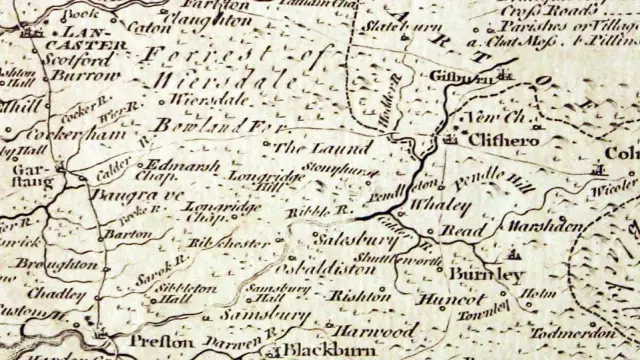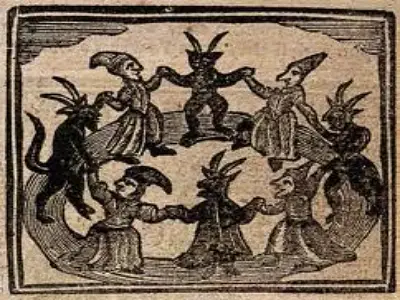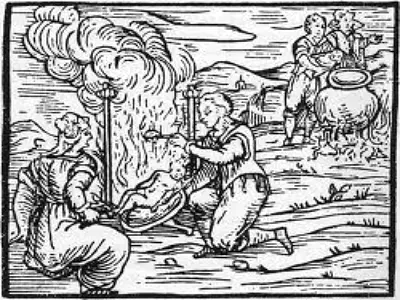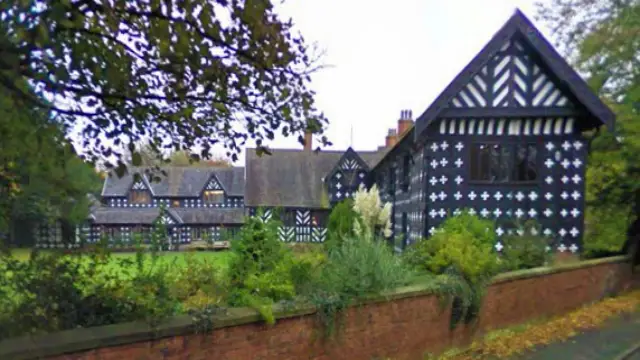If you follow the River Ribble as it winds through its valley, you’ll pass through Pendle, Clitheroe, Whalley, and Blackburn. Eventually, you’ll reach Samlesbury, where the stunning black-and-white timbered Samlesbury Hall stands. This historic site was once home to the Southworth family, a prominent Catholic family in Lancashire. Their story is intertwined with one of the most infamous witch trials in England.
The Southworth Family and Their Legacy

The Southworths were well-known in the area. Sir John Southworth served as Sheriff of Lancashire three times in the 1560s. However, his strong Catholic beliefs led to his imprisonment later in life. The Recusancy Acts of 1593 imposed harsh penalties on those who refused to attend Anglican services. This law targeted Catholics, forcing them to pay fines for their faith.
The Role of Magistrate Robert Holden
In early 1612, a decree required Justices of the Peace to list known recusants. Among them was Robert Holden, a Catholic magistrate. He was tasked with arraigning the so-called Samlesbury witches. His actions reflected the complex dynamics of faith and power in the region.
The Accusations of Witchcraft

The accusations against the women of Samlesbury began with a young girl named Grace Sowerbutts. She claimed that her grandmother, Jennet Bierley, had appeared to her as a black dog and tried to persuade her to drown herself in the River Ribble. Grace also alleged that Jennet and her aunt, Ellen Bierley, had committed horrific acts, including the death of a baby.
The Disturbing Claims

Grace’s testimony included shocking details:
- Black Dog Transformation: Jennet Bierley allegedly transformed into a black dog.
- Baby Sacrifice: Grace claimed that Jennet and Ellen had taken a baby, harmed it, and even cooked its remains.
- Witchcraft Rituals: The women supposedly met with dark figures and engaged in witchcraft, including dancing and feasting.
The Courtroom Drama
The trial took place at Lancaster Castle. Grace Sowerbutts, only fourteen, began to testify. However, her credibility soon came into question. Unlike another young witness, Jennet Device, Grace’s story began to unravel.
The Turning Point
Grace admitted that she had been influenced by a Catholic priest, Master Thompson, who was actually Father Christopher Southworth, related to the Southworth family. This revelation raised suspicions about her motives. It appeared that she had been coached to discredit the Protestant converts in Samlesbury.
The Outcome of the Trial
In total, seven individuals from Samlesbury were called to testify. However, the evidence against the three women—Jane Southworth, Jennet Bierley, and Ellen Bierley—was weak. Ultimately, all seven were declared innocent and returned to Samlesbury.
The Judges’ Remarks
Judges Bromley and Altham condemned the supposed witchcraft, but their biases were evident. They praised Jennet Device for her modesty while labeling Grace as “this impudent wench.” Their judgments reflected the deep divisions between Catholics and Protestants at the time.
The Legacy of the Samlesbury Witches
The Samlesbury witch trial is a significant event in Lancashire’s history. It highlights the tensions between faith and power during a turbulent period. The trial also serves as a reminder of the dangers of hysteria and false accusations.
- Historical Context: The trial occurred during a time of intense religious conflict in England.
- Impact on Families: The Southworth family’s legacy was forever altered by these events.
- Lessons Learned: The case illustrates the importance of critical thinking and the dangers of mob mentality.
The story of the Samlesbury witches is both fascinating and tragic. It reminds us of the consequences of fear and suspicion. As we reflect on this dark chapter in history, we must consider how similar dynamics can still occur today.

